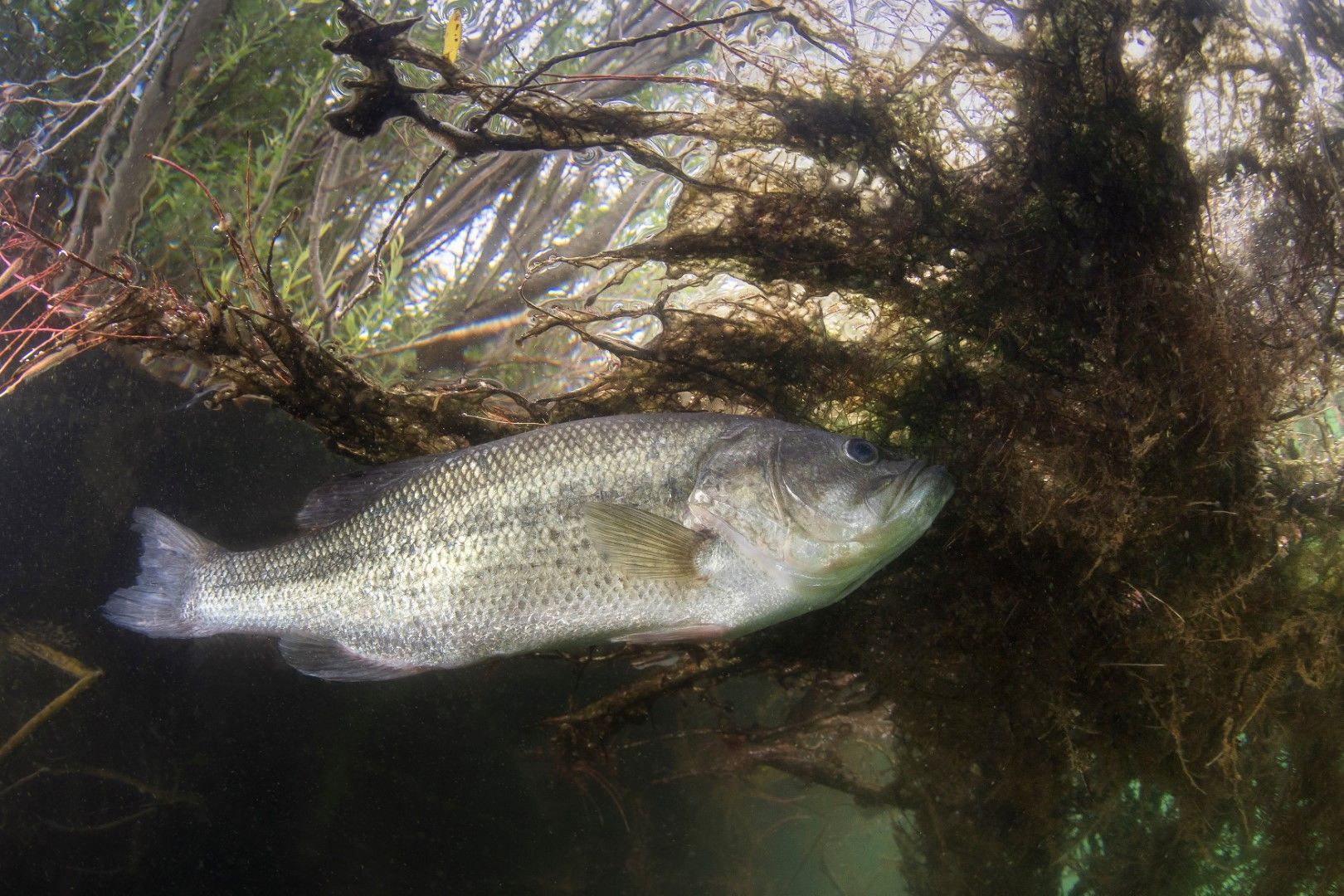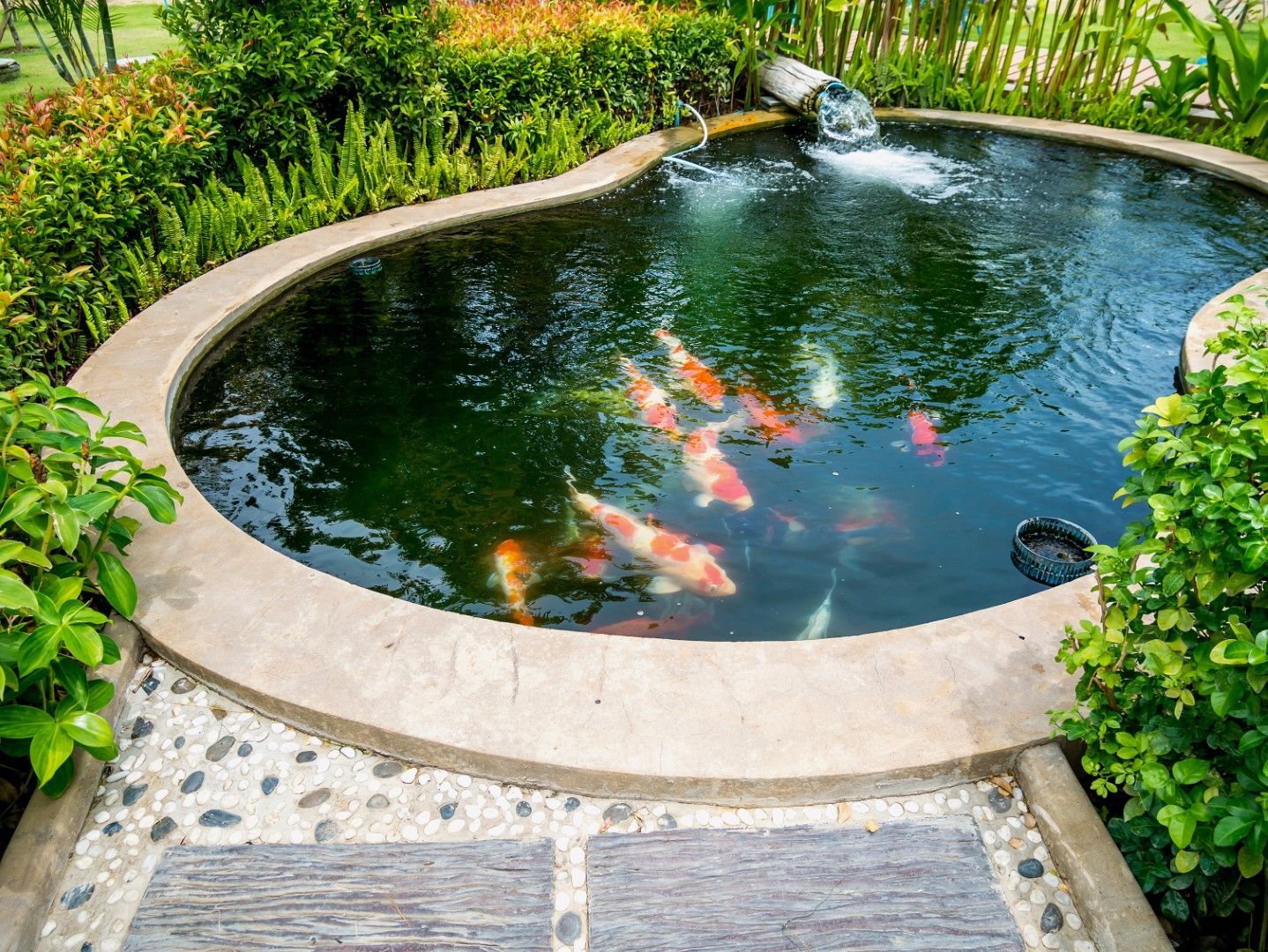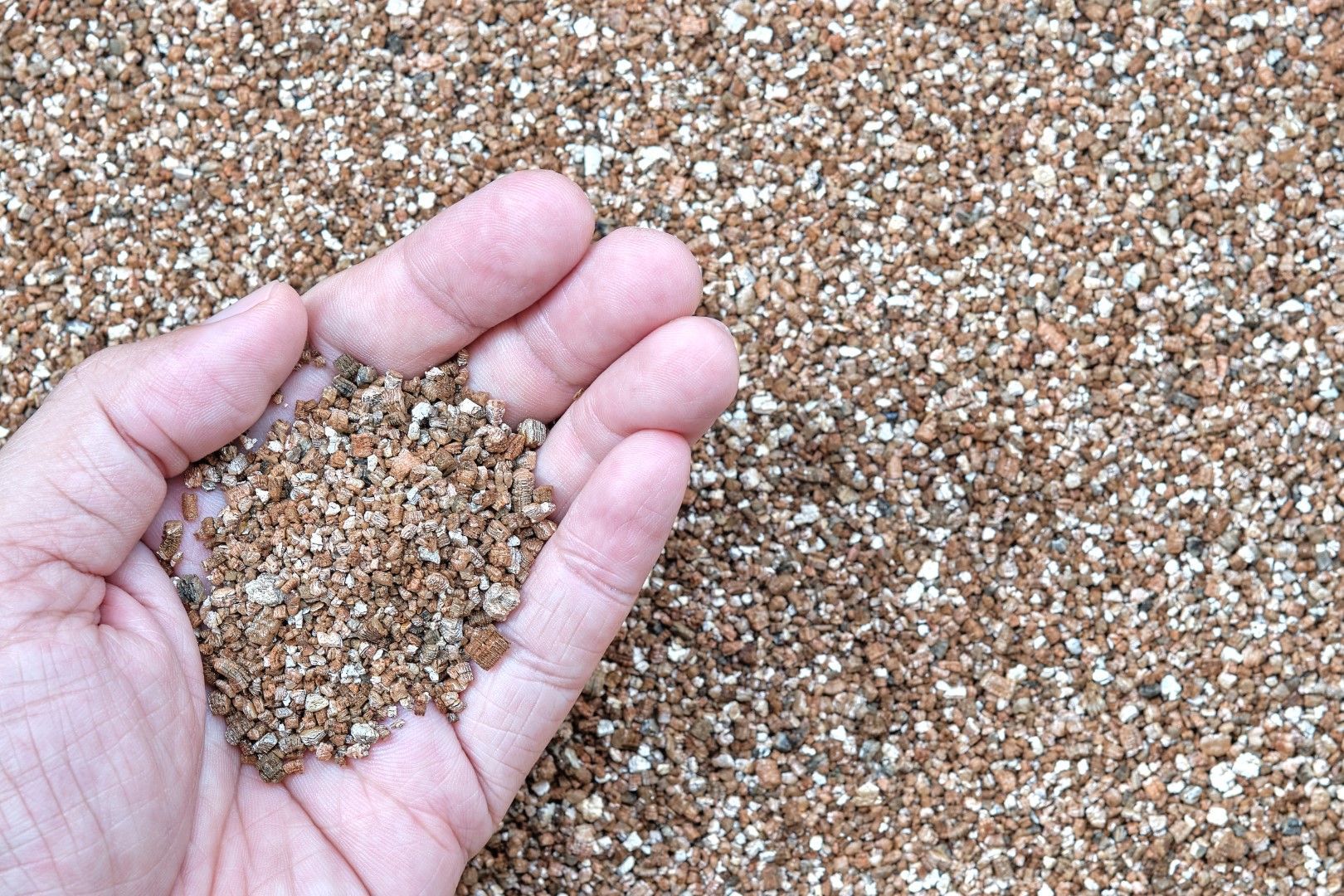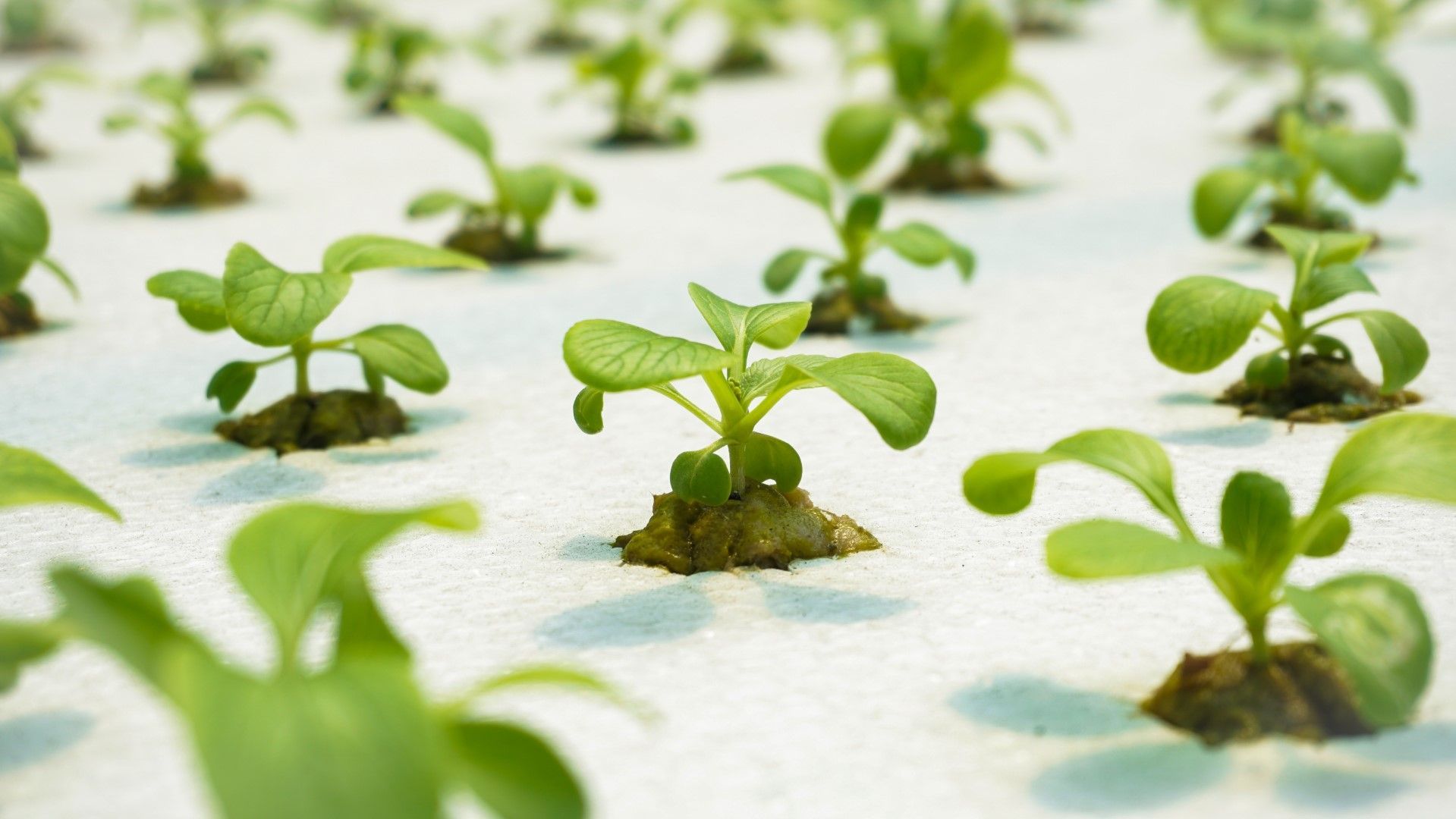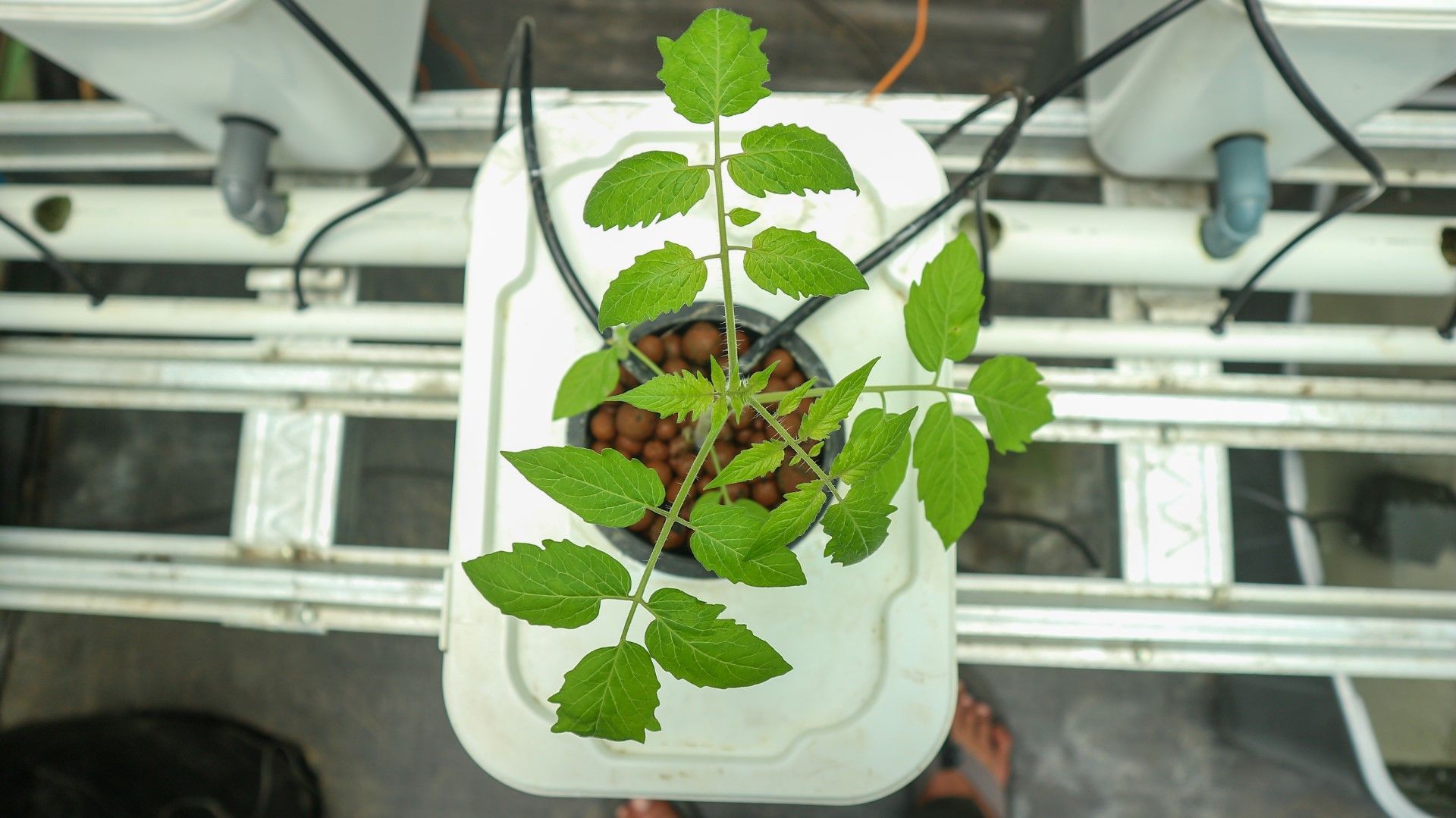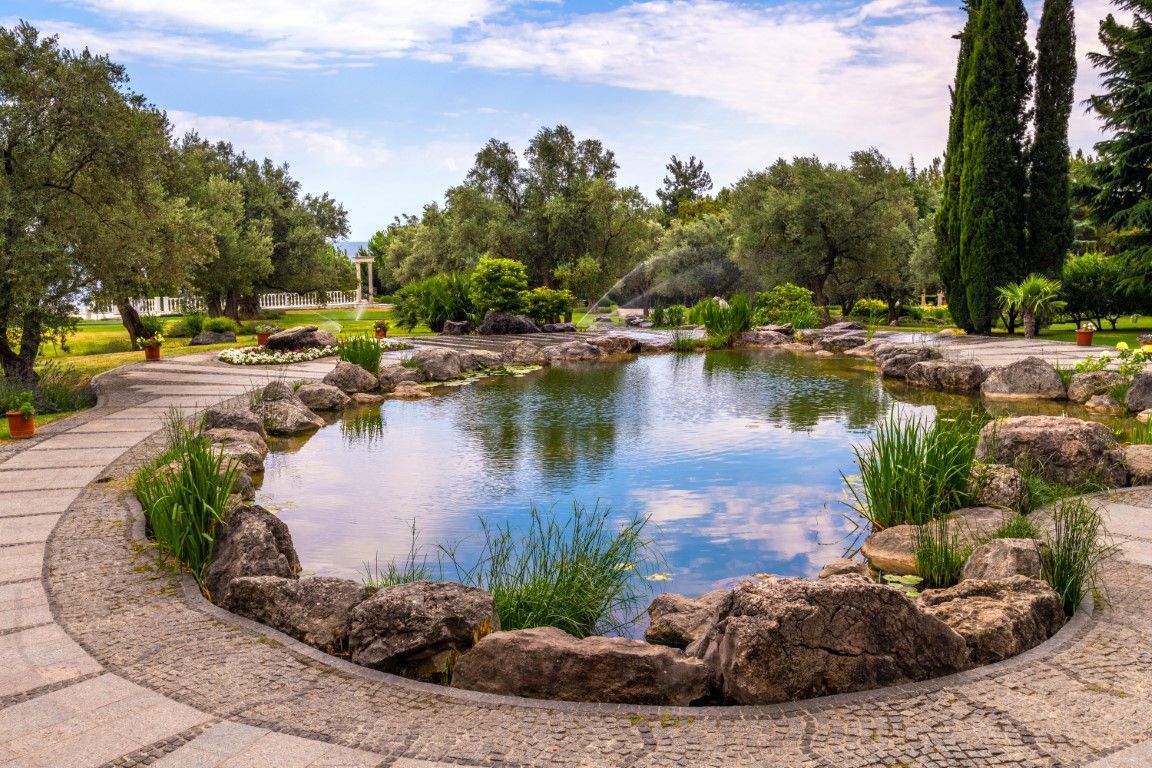The Principles of NFT Aquaponics Systems
Nutrient Film Technique (NFT): A Smart Approach to Aquaponics
If you’re exploring sustainable ways to grow plants and raise fish, the Nutrient Film Technique (NFT) is a great starting point. Known for its efficiency and space-saving design, NFT offers a simple yet effective method to grow leafy greens, herbs, and even strawberries in a water-efficient system. Whether you’re new to aquaponic systems or already familiar with other systems like Deep Water Culture or Dutch Buckets, NFT is worth considering for its unique advantages.
How Does NFT Work?
At its core, the Nutrient Film Technique system relies on a thin film of nutrient-rich water flowing through sloped channels to feed the roots of plants without the use of soil. Here’s how it works:
Water Circulation
Nutrient-rich water from the fish tank is pumped into the channels which can be made from PVC pipes or custom channels can be purchased in food grade plastic, from various aquaponics suppliers.
Nutrient Absorption
Plant roots suspended in the channels absorb nutrients and oxygen from the flowing water. In aquaponics systems, beneficial bacteria convert fish waste into natural fertilizer, eliminating the need for chemical inputs.
Water Recirculation
While your plants absorb much of the nitrates from the water, the excess solids are filtered from the water and it is returned to the fish tank, completing the closed-loop aquaponics system.
This constant flow ensures plants receive a balanced supply of nutrients and oxygen while keeping water usage to a minimum. NFTs focus on efficiency and simplicity, making them ideal for smaller spaces.
Did You Know?
The Nutrient Film Technique was adapted by NASA for growing plants in space. Its efficient design and minimal resource use make it ideal for experiments in microgravity environments.

Advantages of the Nutrient Film Technique
NFT systems are popular for their unique benefits:
Water Efficiency
Recirculated water reduces waste, making NFT one of the most water-efficient aquaponic methods. NFT systems use up to 90% less water than traditional soil-based gardening, making them ideal for water-scarce regions.
Space-Saving Design
Compact and vertical setups make it ideal for urban gardening or indoor use.
Rapid Growth
The continuous nutrient flow promotes faster plant development, with plants in NFT systems often growing up to 25% faster than those in soil.
Versatility
While perfect for herbs and leafy greens, it can also accommodate small fruits like strawberries.
For larger crops or different growing needs, other systems like Dutch Bucket Systems may be more suitable.
Plants That Thrive in NFT Systems
The Nutrient Film Technique is best suited for plants with small root systems and shorter growth cycles. Examples include:
- Leafy Greens: Lettuce, spinach, kale
- Herbs: Basil, parsley, cilantro
- Small Fruits: Strawberries
If your goal is to grow larger crops such as tomatoes or peppers, exploring Deep Water Culture systems might be a better option.
Components of an NFT Aquaponics System
Setting up an NFT aquaponics system involves a few key components:
Fish Tank or Reservoirs
The source of nutrients, where fish will live and provide their natural waste.
Water Pump
Ensures the continuous movement of nutrient-rich water through the system.
Grow Channels
Sloped pipes where plants are housed and grow until harvesting.
Filters
Maintain water quality by removing solid waste.
Aeration
Oxygen is necessary for both the fish and the plants so using an airstone or bubbler are recommended.
These components work together to create a closed-loop system that’s efficient and sustainable. For those interested in outdoor setups, services like wetland filtration systems can be added to enhance water management.
Maintenance Tips for NFT Success
Whether you’re running a small NFT system or managing a larger aquaponic setup integrated with Pond Maintenance services, these tips will help maintain peak productivity and efficiency.
Is NFT Right for You?
The Nutrient Film Technique is an excellent choice for growers looking to optimize space, save water, and maintain a simple yet effective aquaponic system. Its versatility makes it ideal for urban and indoor environments. Many vertical farms in urban areas rely on the NFT to grow fresh produce locally, reducing the need for long-distance transportation and lowering carbon emissions. This makes NFT an excellent choice for growers in cities or with limited space.
For growers who prioritize greater environmental control, indoor aquaponics systems may offer better results. Regardless of the environment, NFT excels with small-rooted plants like herbs and leafy greens.

Why Choose Focal Point Ponds?
At Focal Point Ponds, we specialize in a variety of solutions to support sustainable gardening, raising healthy fish, and creating a relaxing passtime or environment that anyone can enjoy. In addition to aquaponics, we offer a variety of fish and pond related services including pond installation, wetland filtration systems, fish stocking, commercial fountain installations, and more.
Our team can help you design and install an aquaponics system tailored to your space and goals. Whether you’re interested in a compact NFT system or a larger outdoor setup, we’re here to provide the expertise and support you need.
Contact us today to explore your options and take the first step toward a more sustainable future.
FAQs About NFT Aquaponics
How does NFT compare to other aquaponic systems?
- Deep Water Culture (DWC): Submerges roots in nutrient-rich water, suitable for larger crops.
- Dutch Buckets: Supports plants with extensive root systems like tomatoes.
- Media Beds: Versatile for growing a variety of plants and easier for beginners.
Each system has its advantages. Consult with experts at Focal Point Ponds to determine the best solution for your needs.
Can I use an NFT system for outdoor gardening?
Yes, but
outdoor NFT systems require additional considerations, such as:
- Protecting channels from algae growth by shielding them from sunlight.
- Managing water temperature, as outdoor systems are more susceptible to fluctuations.
- Combating natural pests and wildlife such as rabbits, birds, and insects.
Many growers prefer indoor aquaponics systems for better control over these variables.
What is the cost of setting up an NFT aquaponics system?
Costs vary based on the size and complexity of the setup. Small DIY systems are relatively affordable, while larger, professionally installed systems may require a higher investment. Focal Point Ponds offers customized solutions to fit different budgets and needs.
Can I combine NFT with other aquaponic systems?
Absolutely! Many growers combine NFT aquaponics systems with Deep Water Culture or Media Beds to diversify their crops. This hybrid approach maximizes productivity and allows for a wider variety of plants.


